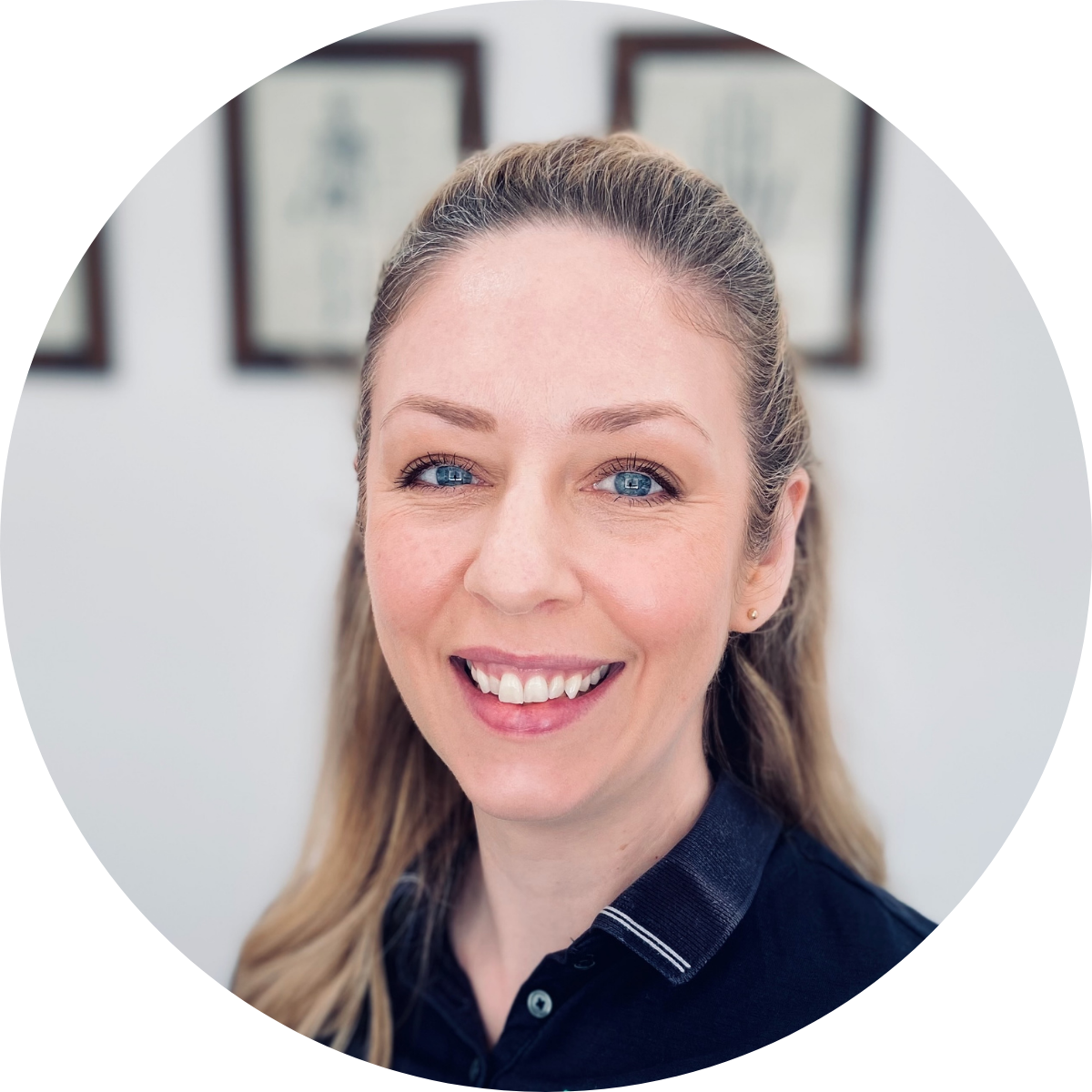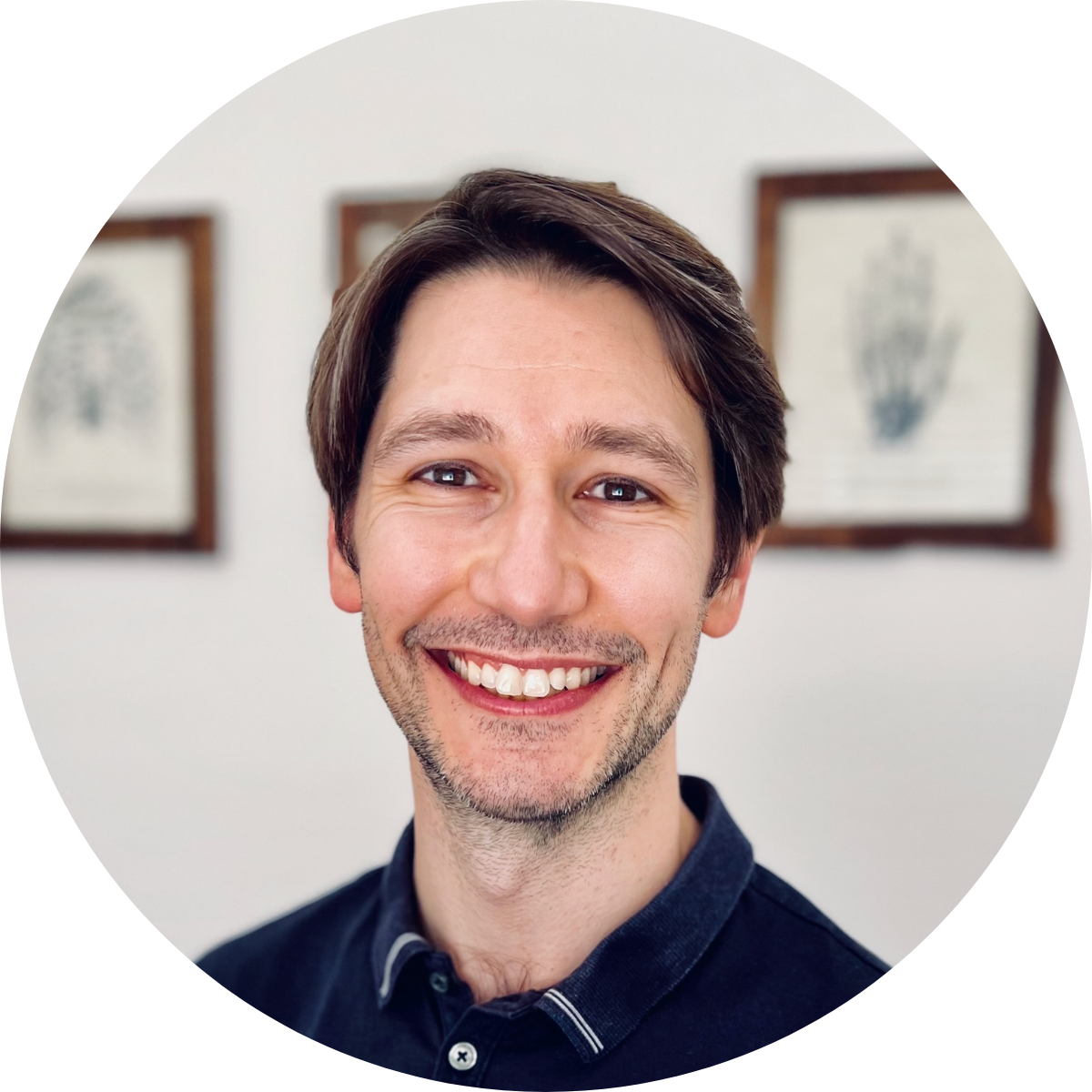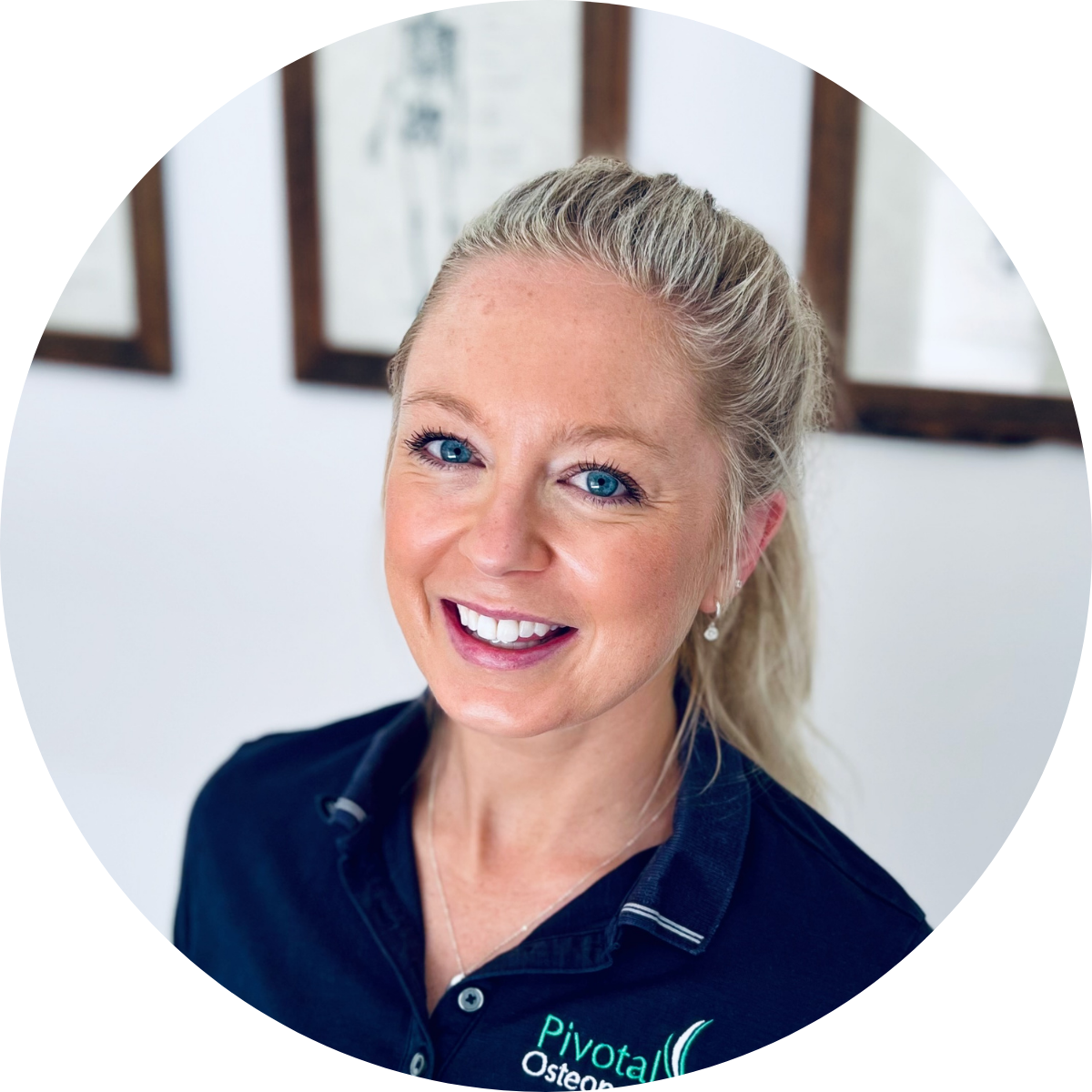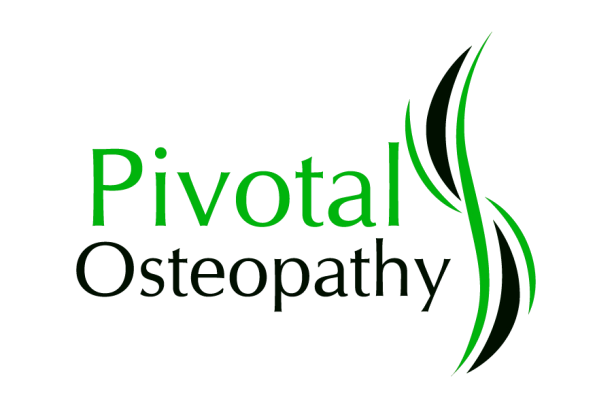Osteopathy
Frequently Asked Questions
Osteopathy was developed in America in the 1870’s by Dr. A.T. Still. Osteopathy offers a hands-on holistic therapy approach that focuses on the neuro-musculoskeletal system, including joints, muscles, nerves, and connective tissues.
We employ patient-centred care and various hands-on treatment therapies – massage, mobilisation, manipulation, stretching and more – with an aim to reduce pain, alleviate muscle tension, improve joint mobility and circulation, thereby supporting the body’s natural healing processes. We are also trained in clinical exercise rehabilitation, pain science, ergonomics and lifestyle modifications to support long-term recovery.
Osteopathic treatment is generally comfortable and not painful. Sometimes you may experience minor soreness or tenderness for a couple of days after treatment. This usually settles within 24-48 hours and is a normal part of the treatment process. Your Osteopath will adjust the techniques and pressure used during your treatment to suit your injury and pain levels.
Osteopaths are highly skilled primary health care practitioners. Our Osteopaths have each trained for 5 years at university, completing a Bachelor of Science (Clinical Science) and Master of Health Science (Osteopathy). Osteopaths are registered with the Osteopathy Board of Australia (AHPRA). They all continue to regularly complete professional development, and are members of Osteopathy Australia.
No. A referral is not required to come and see us in most cases.
You may be eligible for a referral from your GP for Osteopathy under a Medicare “Enhanced Primary Care Plan” if you have a chronic condition, and receive up to 5 partially funded visits per calendar year. Speak to your GP about this type of care plan for more information.
We also accept TAC, WorkSafe Victoria and DVA patients. Please note we do not bulk bill these visits so there is a small out-of-pocket gap per appointment (except for DVA).
Yes, Osteopaths can refer for X-Ray and MRI scans if necessary. We may refer you back to your GP if we think your condition requires further investigation. Osteopaths perform physical, orthopaedic and neurological examinations to help determine whether scans or further investigation is required, or not.
What Our Osteopaths Say
What do you enjoy most about being an Osteopath?


Dr. Matthew Healy

